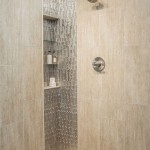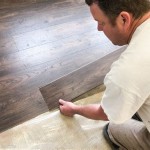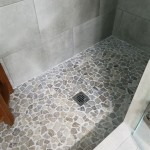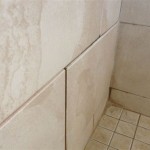Do I Need Cement Board Under Floor Tile?
When embarking on a tile flooring project, one crucial decision arises: whether or not to install cement board under the tiles. Cement board, also known as backer board, is a rigid, moisture-resistant sheet material that provides a stable and durable base for tile installations. While not always mandatory, cement board offers numerous advantages that can significantly enhance the longevity and performance of your tile flooring. This article will explore the factors to consider when deciding whether or not to use cement board under your floor tile.
Subfloor Type and Condition
The most significant factor determining the necessity of cement board is the condition and type of your subfloor. Certain subfloors are inherently more susceptible to moisture damage and movement, making cement board a crucial safeguard.
For instance, if your subfloor is made of plywood or OSB (oriented strand board), which are prone to warping and buckling, cement board can provide a rigid and unyielding base. Cement board helps to prevent these problems by creating a barrier between the subfloor and the tile, preventing moisture from seeping into the wood and causing damage.
Similarly, if your subfloor is concrete, especially if it is uneven or cracked, cement board can help to level the surface and create a more stable base for the tiles.
Moisture Exposure
The level of moisture exposure the subfloor faces is another critical consideration. If the tile installation is located in an area prone to moisture, such as a bathroom, kitchen, or laundry room, cement board is highly recommended.
Cement board is waterproof, making it an excellent barrier against moisture damage. This is especially important if the subfloor is made of wood, which can be susceptible to rot and mildew in humid environments. Cement board prevents the moisture from reaching the wood, safeguarding the structural integrity of your floor.
Structural Integrity of the Floor
Cement board also contributes to the structural integrity of the floor. Its rigid nature adds strength and support to the tile installation, reducing the likelihood of cracking or delamination. This is particularly beneficial in areas where the floor is subjected to heavy foot traffic or where there is a need for increased support.
Key Points:
In summary, here are the key factors that influence the need for cement board under floor tile:
Subfloor Type and Condition
- Cement board is highly recommended for subfloors made of plywood or OSB, as it strengthens the subfloor and prevents warping and buckling.
- In cases of uneven or cracked concrete subfloors, cement board can help level the surface and create a stable base for the tile.
Moisture Exposure
- Cement board is essential for tile installations in areas exposed to high moisture levels, such as bathrooms, kitchens, and laundry rooms.
- It provides a waterproof barrier, protecting the subfloor from moisture damage and preventing mold growth.
Structural Integrity of the Floor
- Cement board adds strength and rigidity to the tile installation, reducing the risk of cracking or delamination, especially in areas with heavy foot traffic.
While cement board offers significant advantages, it's important to weigh the specific factors of your project to make an informed decision. If you are unsure, professional advice from a contractor or tile installer is always recommended.

How To Install Cement Board On A Floor Diy Family Handyman

How To Install Cement Board The Home Depot

How To Install Cement Board The Home Depot

How To Install Hardiebacker Cement Board On Floors James Hardie Pros

Easily Install Cement Board To Prep For Tile Installation

Cement Backerboard Floor Tile Installation Uncookie Cutter

Thinset Under Cement Board Yes Or No Ord Ceramic Tile

How To Install Cement Backer Board For Floor Tile Installation The Home Depot

Cement Board Installation On Floors 5 Mistakes To Avoid Diytileguy

Cement Backerboard Floor Tile Installation Uncookie Cutter
Related Posts








